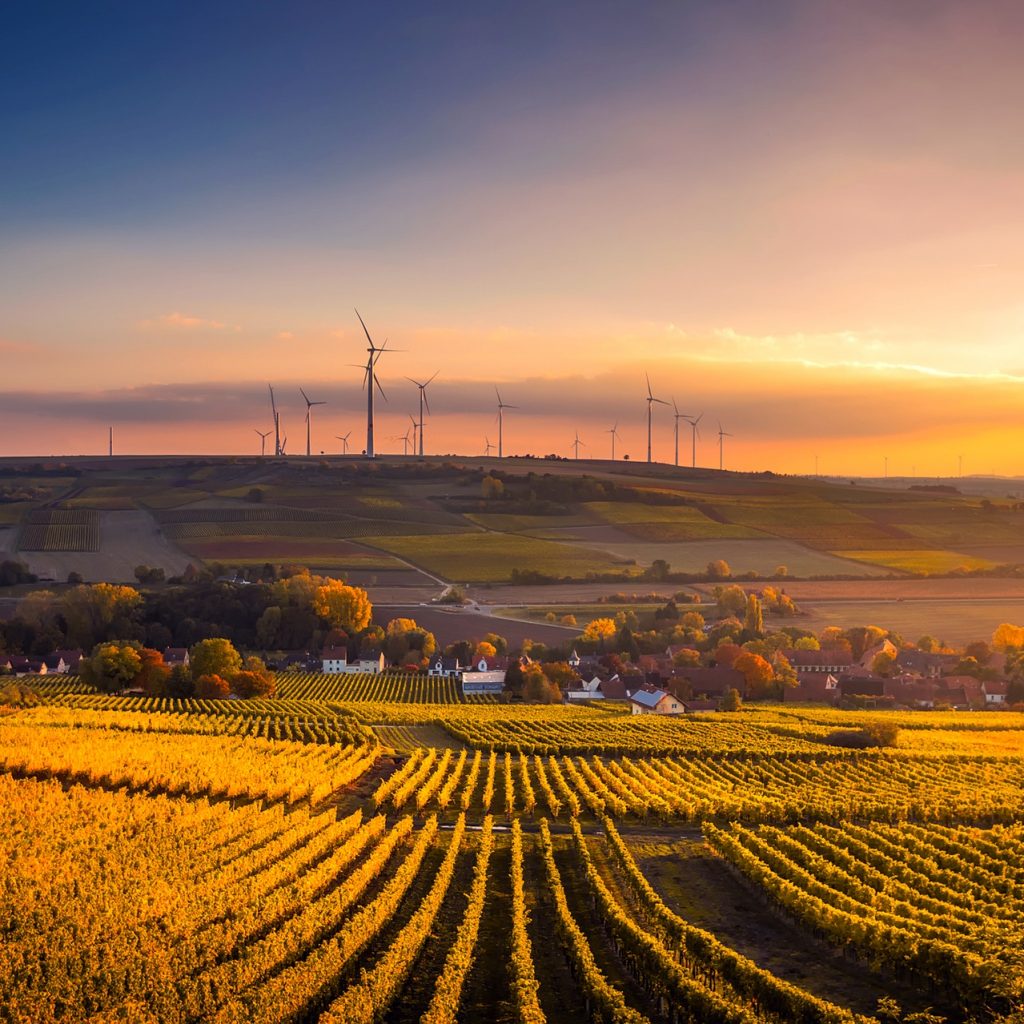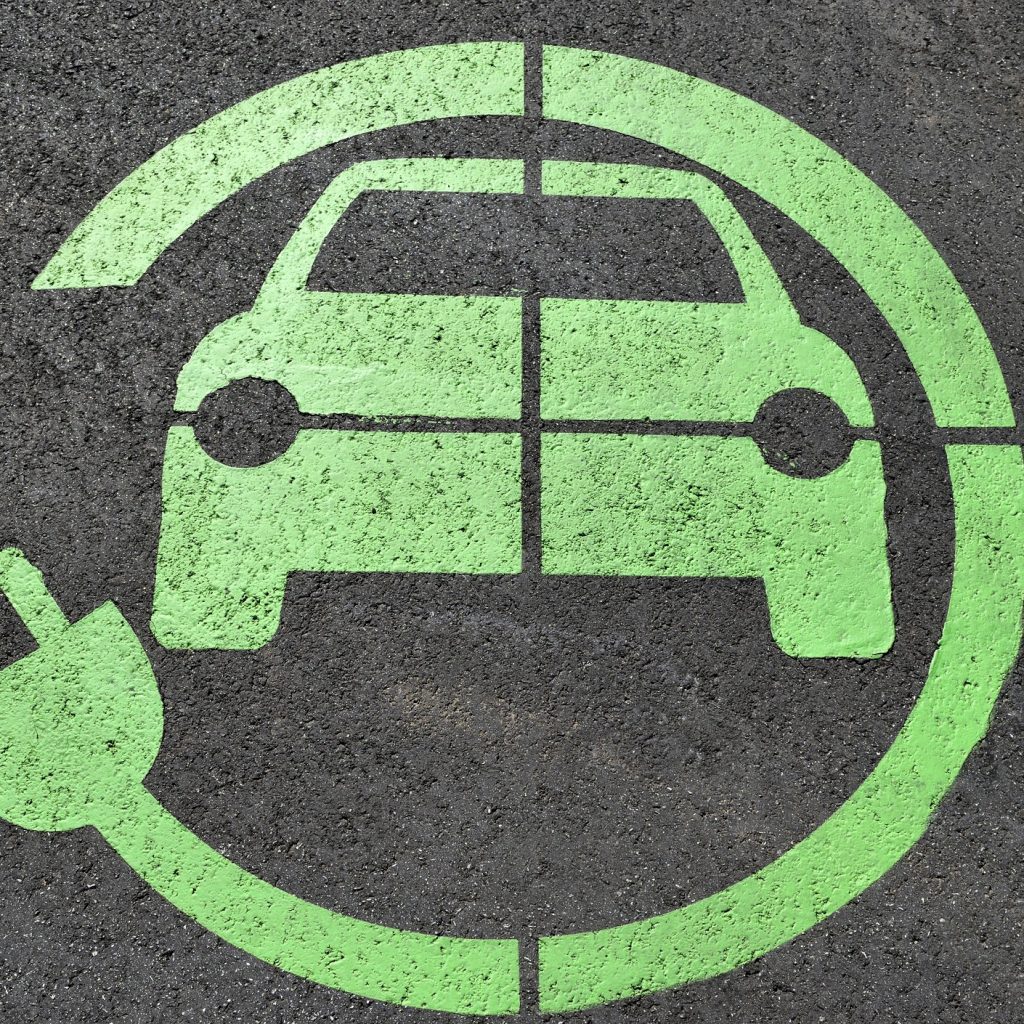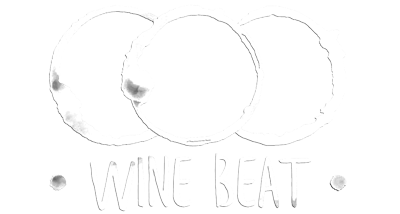
Wine Travellers Have Never Had It So Good.
Travel of all kinds, including wine travel, has never been more accessible and approachable. The entire infrastructure of travel keeps improving and becoming more efficient, allowing bespoke travel to literally unlimited destinations and places. In 1981, when I was a very young man, I bought a return ticket from Winnipeg to London for a backpacking trip. The ticket cost me about $800. Today, adjusted for inflation, that ticket would cost about $2,500. However, instead, the same sort of ticket actually costs in the range of $1000. In relative terms international travel has become ridiculously inexpensive. At the same time, technology and the internet has opened up all sorts of new destinations and previously obscure locations to the passionate traveller.
Whatever wine road beckons – whether sedate driving in Napa Valley; a climb up the flanks of Mount Etna to an admired winemaker’s slightly dangerous vineyard; or a hedonistic buffet of gastronomy, adventure and unrivalled scenery along South Africa’s Cape – a wine-soaked holiday can be made with more ease and economy than ever before. No boozy traveller has ever had it so good.
I Don’t Remember Ordering Entropy With My Wine
Ah, but wait! For every action there is a reaction. Indulging our passion for travel has a global echo, an imprint.

Startlingly and suddenly we are becoming acutely aware of the cost of our travel in terms of carbon. A public awakening is occurring and we have become more and more concerned about our carbon footprint when we travel. And wine travel can be fairly carbon intensive. There is the flight, the car rental and even the shipping of the wine back to our homes. The fact that we drank some large number of bottles of wine while visiting their home location (thus saving them from transportation around the world) is only going to make the tiniest dent in our energy profile.
Ultimately, it might be argued, the whole phenomenon of human carbon consumption is a case of the 2nd law of thermodynamics, entropy. The constant effort by humans to maintain order (in the form of taming the entire globe for tourism and business) has a price in terms of the continual requirement for the injection of energy. Usually in the form of fossil fuel energy. We need cleaner forms of energy in our struggle against entropy – and also to be aware that wine travel is a luxury form of conquering it.

The Thinking Drinker
Albert Einstein said ‘Problems cannot be solved at the same level of awareness that created them.’ Accordingly, you and I, as wine travellers, have a compelling duty to raise our awareness of our energy expenditure. When it comes to the well-being of Earth’s climate we ought to do more than just harbour a bit of guilt. We ought to bone up on the subject. Lots of resources are being applied to educating travellers on sustainability and to finding solutions to the most energy intensive aspects of travel. I hope this article will provide food for thought and provide some incentive to reduce your carbon footprint while you explore the world’s wine roads.
Wine Lovers with Tiny Feet – Can I Fit Into A Smaller Pair of Carbon Shoes?
There are some thoughtful and easy steps you can take to keep your carbon footsteps lighter as you go. Andrea Moore’s article on Sustainable Travel will give some tips but here are a few:
1. Your Hotel Room Has a Carbon Footprint Too
The Global Sustainable Tourism Council creates global baseline standards for sustainable travel and tourism. They also act as the international accreditation body for sustainable tourism certification. The GSTC site has a very useful tool for searching accommodations in your destination to find the ones that have been certified to to be more sustainable. There are some terrific resources on how to be a more responsible, sustainable traveler and there is a link to Travel Better training materials by G Adventures.
2. Fly Efficiently – Choice of Aircraft Makes a Difference
The Mother Nature Network advises that choosing fuel-efficient aircraft can make a big difference. “The Airbus A350 and Boeing’s 787 Dreamliner and upcoming 777X are long-haul planes that are smaller and more efficient than their “jumbo jet” predecessors … On shorter flights, the Boeing 737 MAX and Airbus A320neo are the newest fuel sippers. When you purchase your tickets, you should be able to see flight information that includes airplane type.”
3. Hire An Efficient Car – Check the Stats Before You Rent
Car rental companies give carbon footprint data for cars. Check the stats, rent a smaller car or pay a little extra to rent a hybrid or an electric car. You can calculate the carbon use of your car travel on sites such as Carbon Footprint and Native Energy
4. Travel Light – The Wine Tastes The Same Regardless of the Clothes You Are Wearing.
Take up the challenge of travelling with just carry on luggage. Or share a suitcase between two and try to leave the heavy stuff at home. After all, you will likely be buying some clothes while you are away – so maybe the clothes only make a one way trip.

What If I Pay It Forward? The 2% Solution
Even after we have taken as many steps as we practically can to reduce our carbon footprint there is still an overall energy impact. We can’t completely eliminate the energy use of travel. Are there other strategies available to help balance the scales?
To learn more I spoke to Sandra Piroteala at Less, an initiative of the Bullfrog Power renewable energy company in Canada. I wanted to know whether paying a third party to fund projects that sequester carbon could have the net effect that my travel was carbon neutral. Or at least help me narrow the gap significantly. Sandra was a wealth of information – and motivation! My conversation with Sandra helped me conceive the “2% Solution”. Here are the key takeaways:
1. What Is The Rationale for Carbon Offset Certificates?
Sandra emphasized that the Less approach to promoting greener travel is to reduce and conserve energy and to be as efficient as possible in our energy use. There is no substitute for saving energy in the first place – carbon offset certificates should always be the final tool that we apply. That said, there is a lot of effort going into creating and managing programmes that calculate carbon consumption and allow like-for-like offsets. For air travel, the ICAO has launched the CORSIA initiative – see the ICAO carbon emissions calculator which is an easy-to-use calculator to find the footprint of any flight in the world.
2. What Kind Of Projects Are Funded With Certificates?
Less provides 2 types of offset certificates: Gold Standard international projects and VER+ Canadian-based projects. Both types are subject to an accreditation and certification process by independent 3rd party accreditation agencies. See the Less website for more information on specific projects.
3. Can I Be Confident These Projects Provide Ton-per-Ton Offset of My Carbon Consumption?
There are people on the ground from the certifying agencies (Gold Standard and Tüv Süd for VER+) that prepare a study analyzing and evaluating each project. Projects are not only chosen for their carbon offset but also for their longevity and overall sustainability. There are established metrics and formulas to calculate the energy that is saved or avoided by these projects.
4. How Much Does It Cost To Offset A Typical Journey?
Let’s say you fly to Paris or Rome, rent a car and drive about 500km to visit wineries and that you stay in hotels for 10 days. The cost to offset your carbon for the trip would be about $100 for a Gold Standard certified international project. I think that is about 2-3% of the overall cost of a typical trip. That is extremely affordable!
Travel Well and Travel Sustainably
As you plan your next wine destination, please remember to travel lightly, leave a small footprint and do what you can to make your travel sustainable. The future is powered by renewables and everyone has a choice to curb their emissions. The cost isn’t that high, in terms of convenience or dollars. Travel well!!

